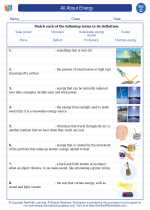Sound
Sound is a form of energy that is produced by vibrations. These vibrations create waves that travel through mediums such as air, water, or solids. The study of sound is known as acoustics.
Properties of Sound
- Amplitude: The height of a sound wave, which determines its loudness.
- Frequency: The number of vibrations per second, which determines the pitch of the sound.
- Wavelength: The distance between two consecutive compressions or rarefactions in a sound wave.
- Speed: The rate at which sound waves travel through a medium.
How Sound Travels
When an object vibrates, it creates sound waves that travel outward in all directions. These waves cause the particles in the surrounding medium to vibrate, transmitting the sound energy from the source to our ears.
How We Hear Sound
When sound waves reach our ears, they cause the eardrum to vibrate. These vibrations are then transmitted through the tiny bones in the middle ear to the cochlea in the inner ear, where they are converted into electrical signals that are sent to the brain and interpreted as sound.
Applications of Sound
Sound has many practical applications, including:
- Communication through speech and music
- Sonar and ultrasound technologies
- Entertainment through movies, television, and radio
- Medical imaging using techniques such as MRI and CT scans
Study Guide
Here are some key points to remember when studying the topic of sound:
- Define sound and explain how it is produced.
- Describe the properties of sound, including amplitude, frequency, wavelength, and speed.
- Explain how sound travels through different mediums.
- Discuss the process of hearing and how sound waves are interpreted by the brain.
- Identify various applications of sound in everyday life and technology.
Remember to review and practice these concepts to gain a thorough understanding of the topic!
.◂Science Worksheets and Study Guides Third Grade. All About Energy
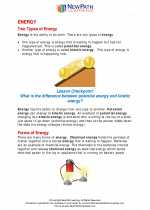
 Worksheet/Answer key
Worksheet/Answer key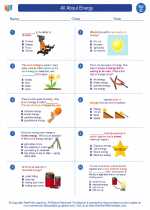
 Worksheet/Answer key
Worksheet/Answer key
 Worksheet/Answer key
Worksheet/Answer key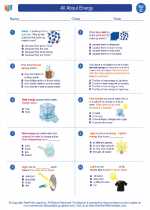
 Worksheet/Answer key
Worksheet/Answer key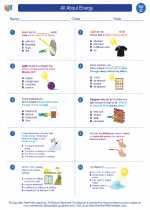
 Worksheet/Answer key
Worksheet/Answer key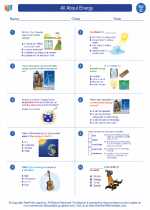
 Worksheet/Answer key
Worksheet/Answer key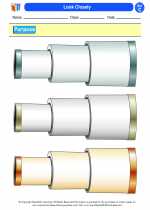
 Vocabulary/Answer key
Vocabulary/Answer key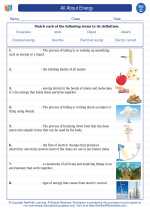
 Vocabulary/Answer key
Vocabulary/Answer key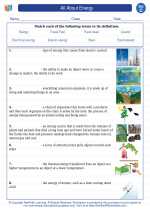
 Vocabulary/Answer key
Vocabulary/Answer key
 Vocabulary/Answer key
Vocabulary/Answer key